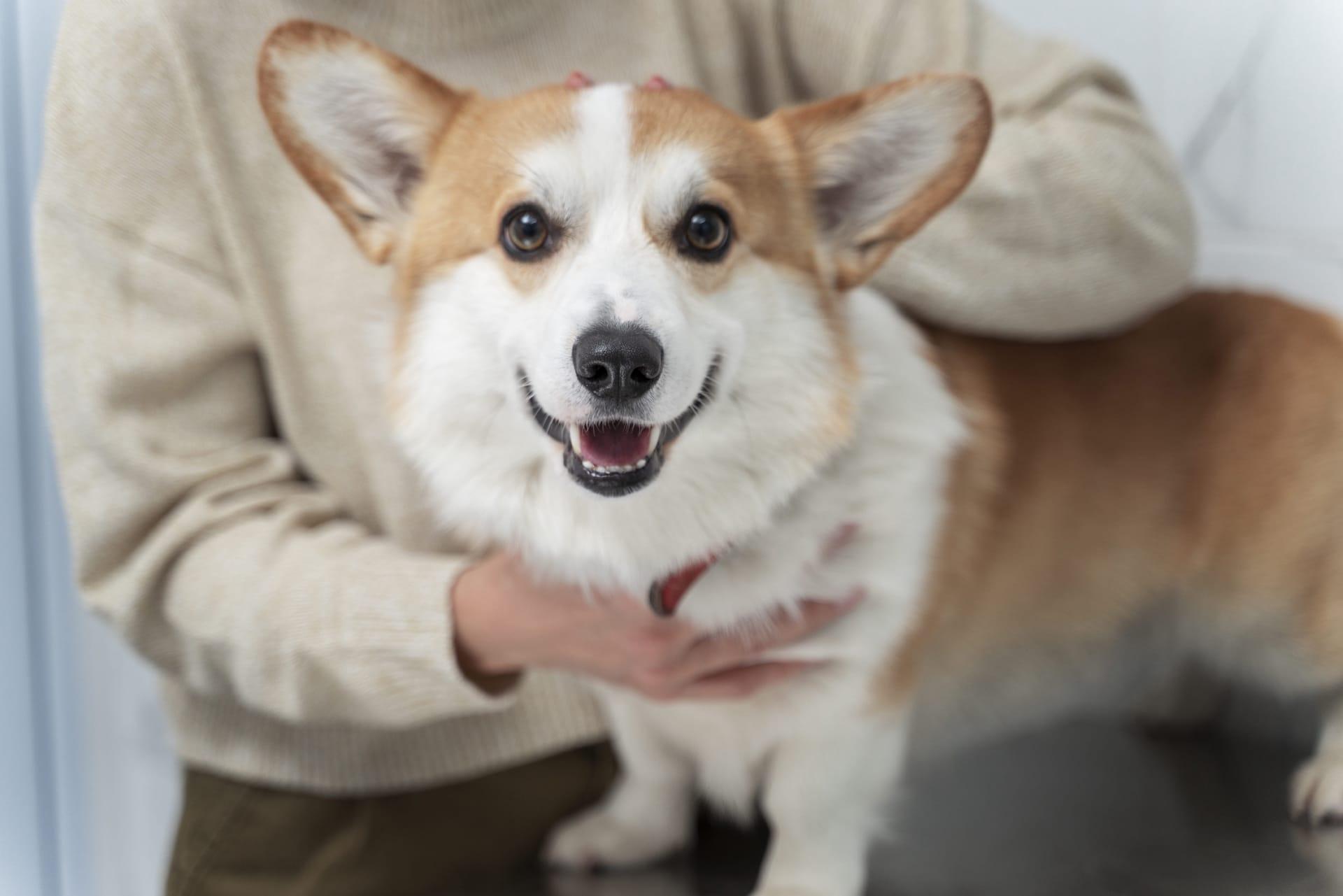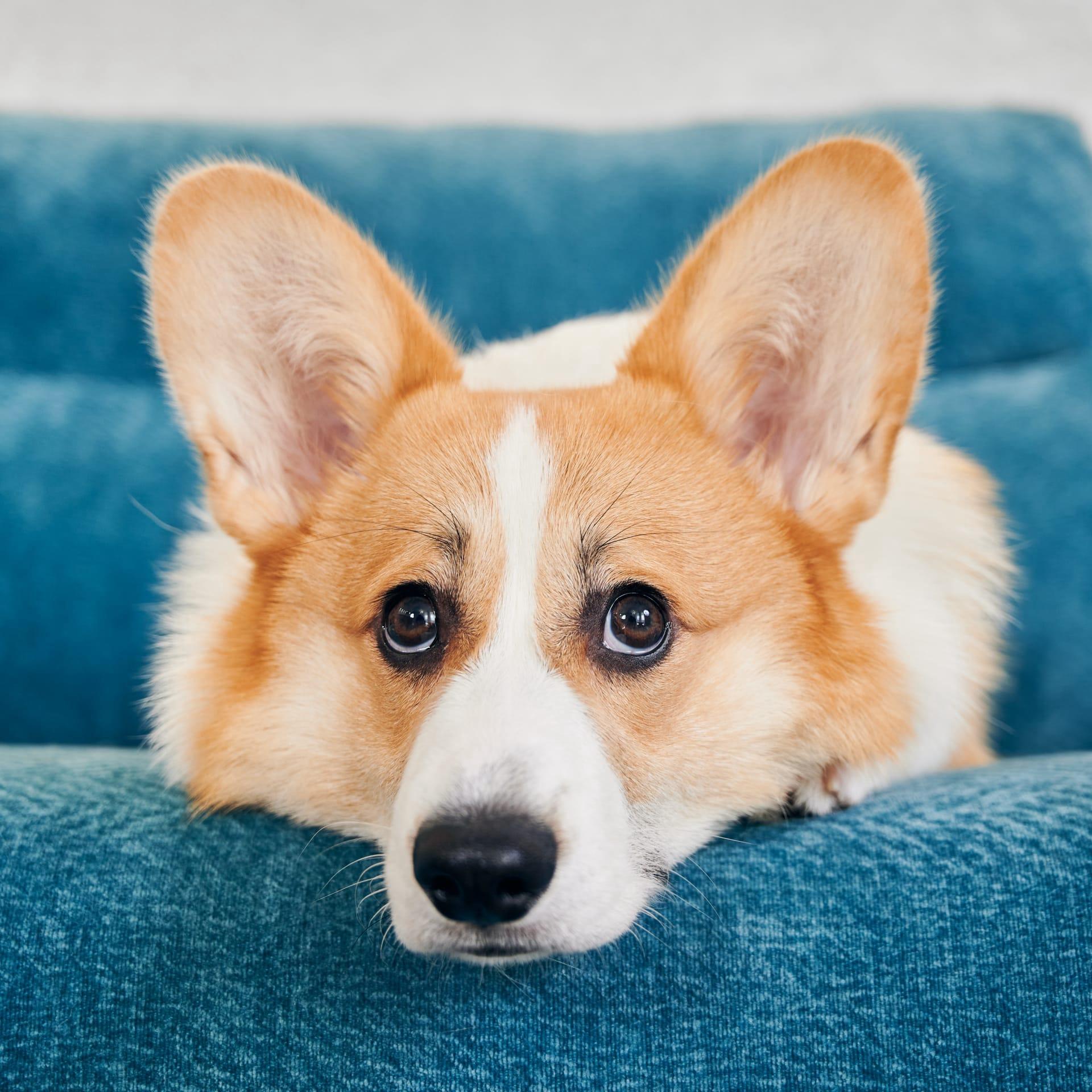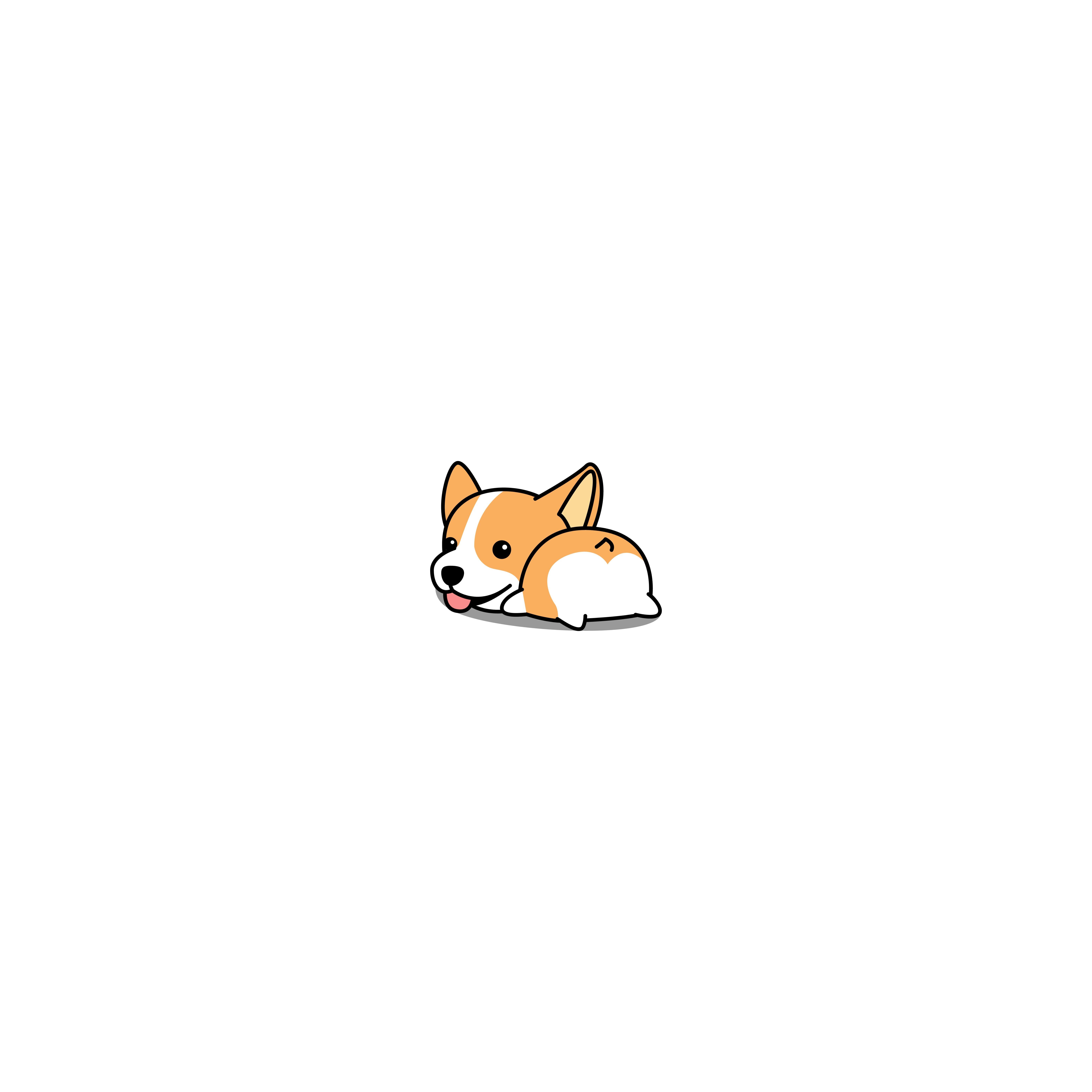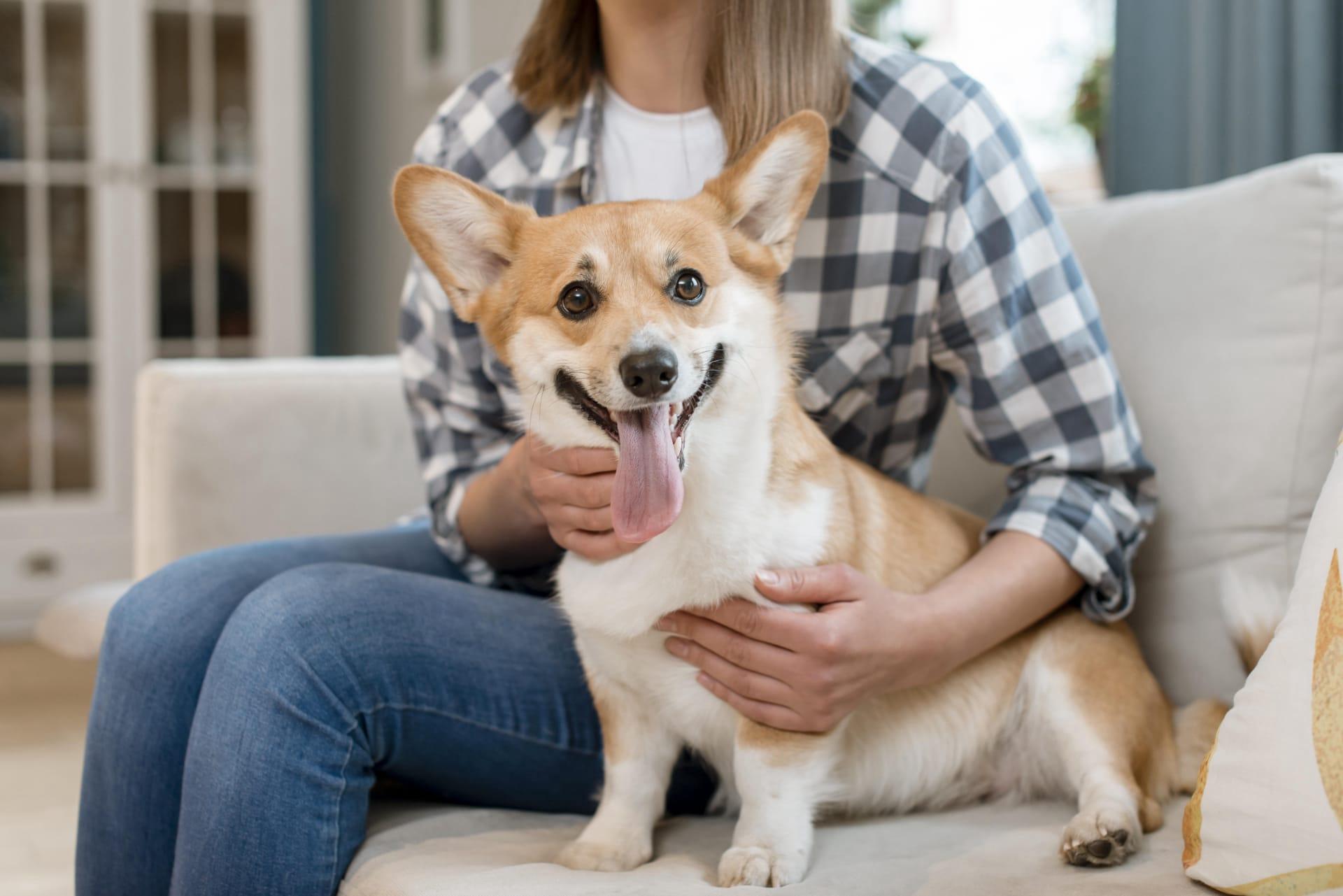1
Corgis, known for their short legs and elongated bodies, have a fascinating biological design. Specifically, their unique physique is due to a genetic condition called achondroplasia, a form of dwarfism that affects the growth of long bones. This results in their distinct appearance with short stature but a normal-sized torso. Despite their small legs, corgis are surprisingly agile and were originally bred for herding cattle. Their low height allowed them to dodge kicks from livestock, a practical feature for a herding dog.
Another interesting aspect of corgis is their historical significance in Welsh folklore. Legend has it that corgis were the preferred mount of fairy warriors. It's said that the markings on their coats resemble a saddle and harness, giving rise to the enchanting myth. This folklore adds a mystical dimension to the corgi's charm, intertwining their physical attributes with cultural tales. Beyond their adorable appearance, corgis carry a legacy of fairy tales, making them not just pets but bearers of a magical heritage.

2
The corgi's coat is not just about looks; it's a double-layered marvel of nature designed for practicality. The outer layer is made up of coarse hair that repels water and dirt, while the undercoat is dense and soft, providing insulation. This dual-coat system enables corgis to thrive in various weather conditions, from the wet terrains of Wales to colder environments. It's a testament to their adaptability and resilience, qualities that made them excellent farm dogs beyond just herding.
Despite their compact size, corgis have an impressive capacity for speed and endurance. They can reach speeds up to 25 miles per hour, a surprising feat for their short legs. This agility is complemented by their endurance, allowing them to work alongside humans for extended periods without tiring easily. This combination of speed and stamina made them invaluable as herding dogs, capable of keeping up with and maneuvering around livestock effectively.

3
Corgis have a distinctive vocal range and are known for their variety of barks and sounds. This vocal prowess is not just for show; it was crucial in their herding duties, allowing them to communicate effectively with both the livestock and their human handlers. Their ability to produce a wide range of sounds, from barks to whines to growls, made them efficient at managing cattle and sheep, directing them with both sound and action.
Intelligence is a hallmark of the corgi breed, ranking them among the top 11 most intelligent dog breeds. This cognitive ability enables them to learn commands quickly and solve problems with ease. Their intelligence, combined with a natural inclination to please their owners, makes corgis highly trainable. This attribute was especially useful in their herding roles, where quick thinking and responsiveness to commands were essential for success.

4
The corgi's social nature extends beyond humans; they are known for their ability to get along well with other animals, including cats and livestock. This amiable disposition made them not just herding dogs but also integral members of the farm, capable of maintaining harmony among various animals. Their friendly demeanor and ease of socialization make them excellent family pets, fostering a peaceful coexistence with other household pets.
Corgis have a deep-seated instinct to herd, often displayed in their interaction with humans and other pets. This herding instinct can manifest in playful ways, such as gently nipping at heels or guiding their human companions in a particular direction. While this behavior is a remnant of their working heritage, it underscores the importance of providing corgis with ample physical and mental stimulation to channel their herding instincts positively.

5
The Pembroke Welsh Corgi, one of the two main corgi breeds, is notably tailless, a trait that distinguishes it from its cousin, the Cardigan Welsh Corgi. The Pembroke's taillessness is due to a genetic mutation that leads to a shorter tail. Breeders have historically favored this trait, further accentuating the Pembroke's distinct silhouette. This feature not only contributes to their unique appearance but also has practical origins, as it prevented tail injuries during herding activities.
Corgis have a royal connection that has brought them international fame. Queen Elizabeth II of the United Kingdom has owned over 30 corgis during her reign, making the breed synonymous with the British monarchy. This royal affinity began when she was given her first corgi, named Dookie, as a child. The Queen's love for the breed has not only made corgis a symbol of the royal family but has also significantly increased their popularity worldwide, highlighting their status as a beloved and prestigious breed.